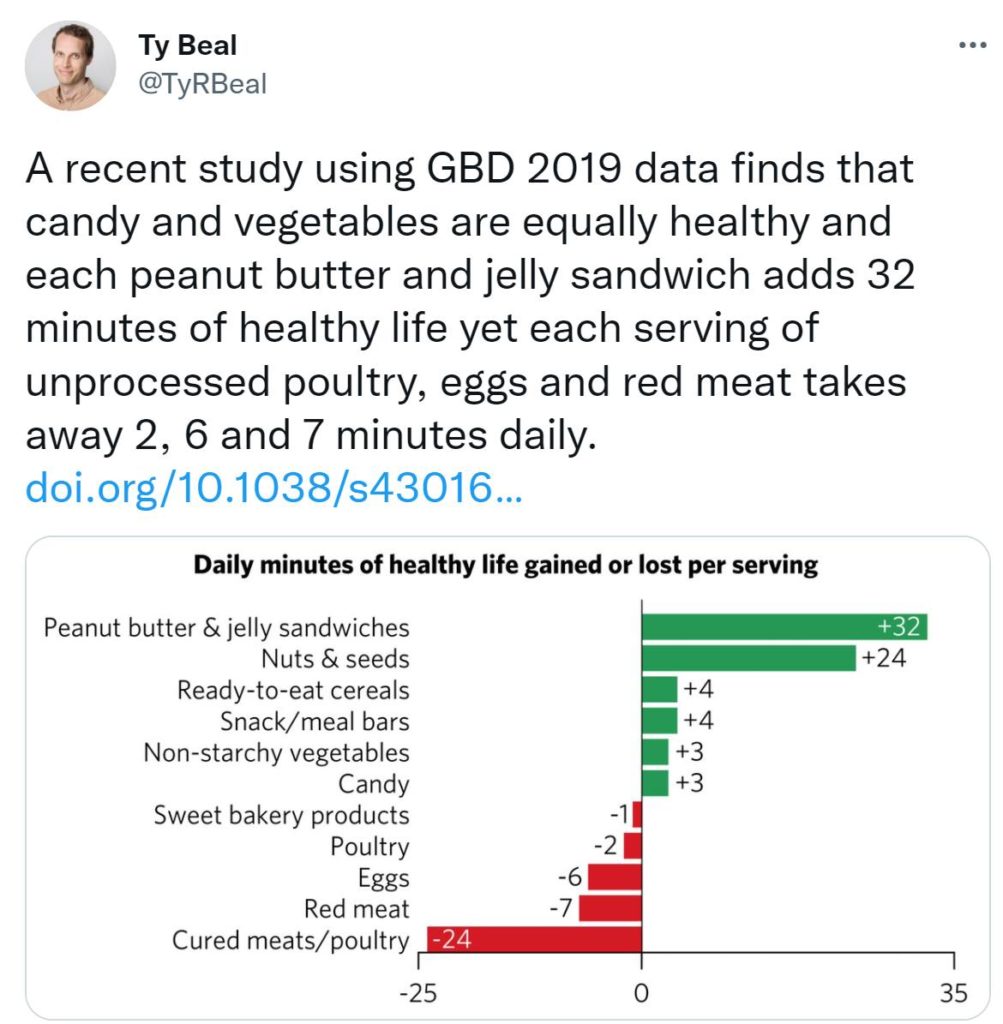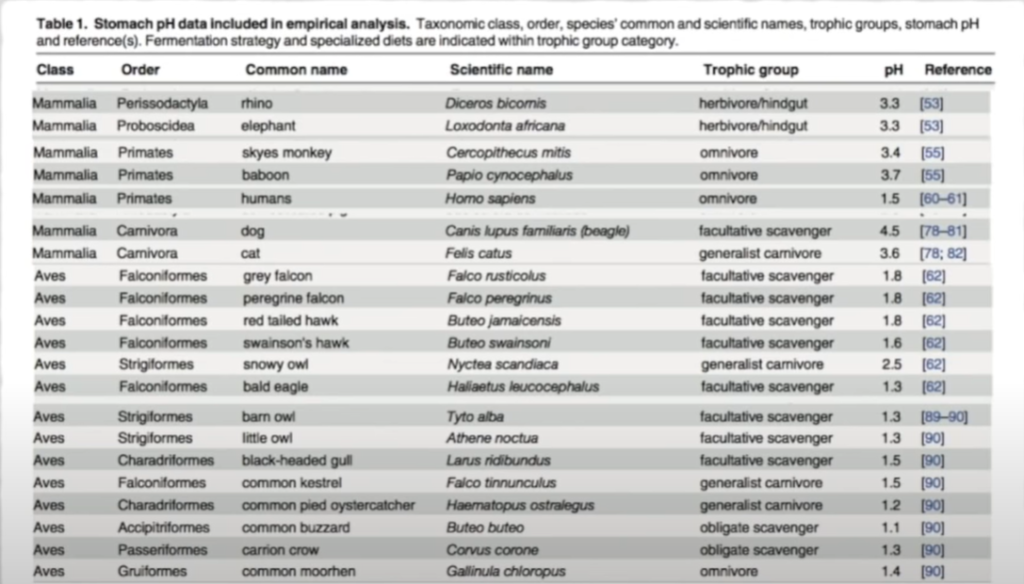I realize this is a huge leap for people to make, especially considering all the prominent messages around meat these days. Be it on our evolutionary physiology or the nutritional content of meat, hopefully with this article, I can clear up some misconceptions about meat.
The knee-jerk reaction
Why are people so vehemently opposed to or afraid of meat?
While I’m sure it was all well-intentioned, there was a concerted effort across governing bodies and interest groups to vilify meat and saturated fat. However, the policies were based on flimsy epidemiological studies at best that do not hold up to any scientific scrutiny. Making wholesale changes to the diet of the entire country without regard to actual health outcomes was a dangerous experiment. And it failed miserably.

The merits of eating meat
So set aside the disbelief that meat isn’t something that should be avoided lest you want to develop the likes of colon cancer and heart disease and hear out what it can actually do for your health.
Physiology
I want to take a moment here and go back to the basics. I am certain many of us have all seen the videos comparing our teeth to herbivores or putting a baby together with an apple and a rabbit then claiming definitively that we are herbivores. But, those cheap comparisons are not remotely good enough.
For starters, our intestines are built more like a carnivore’s than that an herbivore’s. Our guts only comprise 20% of our digestive tract whereas in our primate ancestors, it makes up 50%. All that extra real estate was so that they could derive short chain fatty acids from fiber in the colon. Our significantly shorter colons do not lend to that function well at all. So in what way do we extract our energy? By eating fat directly and absorbing it in our relatively longer small intestines.
- Carnivores wean faster at 2 – 2 1/2 years of age whereas chimpanzees wean at 5 – 7 years of age. What this entails is that because the young are weaned onto foods that are similar to milk in nutrient density, weaning occurs earlier compared to those weaned on a more fibrous diet.

- Our stomach’s acidity is much closer to that of scavengers and carnivores. That level of acidity is to deal with microbes commonly found in carrion and to assist with the digestion of proteins.


- Have you ever wondered why, if vegetables and fiber are so good for you, most of it is excreted as waste? We break down and absorb animal foods incredibly well. So much so that by the time the food has reached the end of the small intestines, there’s little left to excrete. Most of what is left over, reaching the colon, is indigestible plant material.
Essential nutrients from animal foods vs. plant foods

Many claim that fire was what unlocked access to our high caloric needs, but our rapid increase in brain size occurred much before that with our use of stone tools and hunting to obtain fat, which provides the necessary substrates for further brain growth.

Just by the numbers, meat has a higher nutrient density than that of plants. To derive as many nutrients from plants as meat, one would have to dedicate the entire day to eating just in hopes of coming close.

Nutrients from animal sources are in an appropriate form for us to use and do not contain antinutrients that interfere with uptake. Factors like iron, B12, Vitamin K2, EPA, DHA, and ARA nearly exclusively found animal food products. Specifically, DHA is a crucial omega-3 fatty acid that makes up a large portion of brain matter, so being deficient is costly. We can convert ALA, a precursor to DHA, from plant sources but the conversion is incredibly inefficient.
Vitamin A
Vitamin A from animal sources can be readily used by the body; however vitamin A comes in precursor forms from plant sources which require extra steps to convert in the body before it can be used. This reaction is inefficient and some people are not even able to perform the conversion at all.
B12, Iron, Zinc and oysters
Animal foods contain B12 and heme iron in forms that the body knows how to use. And again, plants contain antinutrients that block the absorption of nutrients even though an adequate amount might have been consumed to begin with.
What about scurvy and vitamin C?
Vitamin C is converted into carnitine for fat metabolism and energy balance. Carnitine can be obtained from meat sources, hence the “carn”. Doing so spares vitamin C and you would not need as much vitamin C as someone who ate less meat. In addition to that effect, glucose competes with vitamin C to be absorbed, so eating only animal products would eliminate the competition from glucose as well.
TL;DR
We have the biological hardware and history for eating meat and fat. It is what made us. The processing of plant material and extraction of nutrients has essentially been outsourced to other animals. Specifically, cutting out plant material when on the carnivore diet has the effect of eliminating a whole host of antinutrients and other compounds that interfere with digestion and absorption. More than that, animal-sourced protein is of much higher quality and contains other essential nutrients not readily found in plant foods. Therefore, eating more animal products would be in everyone’s best interest.
Other resources:
CARNIVORE Diet (Beginner’s Guide) All You Need – 2021
Carnivore Diet: Should You Try This? (Your DNA Might Matter)
Paul Saladino, MD on Everything You Thought You Knew About Food Might Be Wrong
Animal Food vs. Plant Food, The Conclusion | Paul Saladino, MD
Dr. Paul Mason – ‘Carnivore Diet & Optimal Health’
Dr. Shawn Baker – ‘Evidence Based Nutrition?’
Carnivore Diet: The Improved Performance Case ft. Dr. Shawn Baker || #95
Carnivory – a cure or a risk? — Diet Doctor Podcast with Amber O’Hearn
The Science behind Human Carnivory – Can Carnivore Cure?? Podcast 23
#183 – Can a carnivore diet provide all essential nutrients?
Why Americans Eat So Much Meat – Cheddar Explains
Balls *and* Brains: The Science and History of Offal
Papers:
